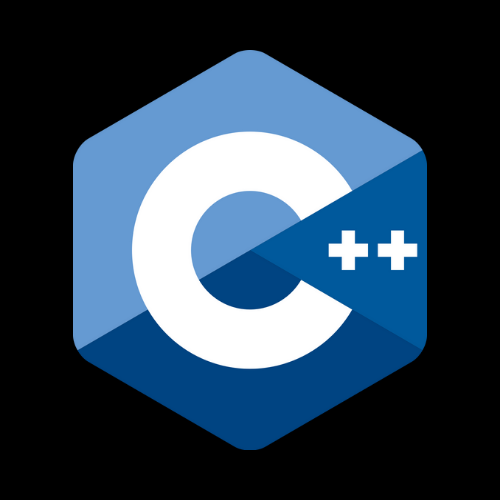Level: Advanced
1. How does CSS Grid differ from Flexbox, and in what scenarios would you choose one over the other?
2. Explain the concept of CSS specificity and how it affects style precedence.
3. How do you implement responsive typography using CSS techniques like viewport units and fluid typography?
4. Explain the concept of CSS custom properties (variables) and their advantages over traditional CSS.
5. How do you optimize CSS for performance and loading speed on a website?
6. Explain the difference between transform and transition properties in CSS, and provide examples of their usage.
7. How can you achieve complex layouts, such as masonry layouts, using CSS Grid or Flexbox?
8. Describe the concept of CSS architecture and discuss methodologies like BEM (Block Element Modifier).
9. How do you implement CSS animations for performance, including considerations like GPU acceleration?
10. How do you create a responsive design that adapts seamlessly to various screen sizes and devices using CSS?
11. Explain how CSS preprocessors (e.g., SASS, LESS) enhance CSS development, and provide examples of their features.
12. How do you handle cross-browser compatibility issues in CSS, especially with older browsers?
13. How can you implement a dark mode theme in a website using CSS variables and media queries?
14. Describe techniques for implementing complex CSS-only components, such as sliders, carousels, or modals.
15. How do you create custom CSS layouts that are print-friendly and optimized for print media?
16. Explain how CSS Grid's implicit and explicit grid systems work, and how you can utilize them in layout design.
17. How do you implement accessibility best practices in CSS, especially for users with disabilities?
18. Describe the concept of CSS resets and normalize.css. When and why would you use them?
19. How do you create scalable vector graphics (SVG) animations using CSS and SVG properties?
20. Explain how CSS variables can be scoped and used within different parts of a website or application.
21. How do you implement CSS-only solutions for complex UI patterns, such as infinite scrolling or drag-and-drop interfaces?
22. Describe the advantages and disadvantages of using CSS frameworks (e.g., Bootstrap) compared to custom CSS solutions.
23. How do you implement responsive images in CSS, considering high-resolution displays and varying screen sizes?
24. Explain the concept of feature queries (@supports rule) in CSS and provide examples of its usage.
25. How do you implement a complex multi-column layout using CSS, considering different content types and alignments?
26. Describe strategies for managing and organizing large-scale CSS codebases, including methodologies like SMACSS or Atomic CSS.
27. How can you optimize CSS animations and transitions for smooth performance on both desktop and mobile devices?
28. Explain how to create and customize CSS-only form elements, such as checkboxes, radio buttons, and input fields.
29. How do you implement CSS grid overlays for debugging and layout visualization during development?
30. Describe techniques for creating responsive CSS grids that adapt to varying content sizes and screen resolutions.
31. How do you create CSS-only solutions for internationalization and multi-language support on a website?
32. Explain the concept of critical CSS and how it can improve initial page load times for websites.
33. How do you implement fluid layouts in CSS, ensuring elements resize proportionally across different viewport sizes?
34. Describe the role of CSS preprocessors in managing vendor prefixes and cross-browser compatibility issues.
35. How do you use CSS variables and calculations (calc()) to create dynamic and responsive designs?
36. Explain how CSS grid layout can handle complex alignment scenarios, such as centering content both horizontally and vertically.
37. How can you integrate CSS with JavaScript for dynamic styling and interactive user interfaces?
38. Describe techniques for optimizing CSS for SEO (Search Engine Optimization) and improving website ranking.
39. How do you implement a CSS-only navigation menu that supports accessibility features like keyboard navigation and screen readers?
40. Explain how to create and customize CSS drop shadows and gradients for visual effects and design aesthetics.
41. How do you implement CSS-only solutions for lazy loading images and other media content on a website?
42. Describe techniques for implementing responsive tables in CSS that adapt to different screen sizes without sacrificing readability.
43. How do you create and manage CSS animations that are triggered by user interactions, such as clicks or hovers?
44. Explain the concept of CSS-in-JS and its advantages in terms of component-based styling and code maintainability.
45. How can you use CSS grid and flexbox together to achieve complex layout designs that require both grid-based and flexible elements?
46. Describe strategies for debugging and troubleshooting CSS layout issues across different browsers and devices.
47. How do you implement advanced CSS transitions that involve multiple properties and timing functions for smooth animation effects?
48. Explain how to create CSS-only solutions for creating responsive and accessible image galleries or sliders.
49. How do you implement CSS-only solutions for complex text effects, such as gradients, shadows, and outlines?
50. Describe techniques for creating and optimizing CSS print stylesheets that ensure documents print correctly and maintain readability.


